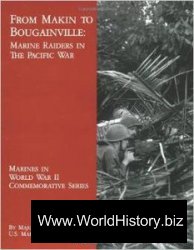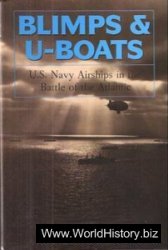The Hudson’s Bay Company (HBC) built Fort Vancouver in 1824-25 to serve as the headquarters of its Columbia Department. The HBC was locked in a continuing competition with the American Fur Company of John Jacob Astor for control of the rich fUR trade in the Pacific Northwest. Fort Vancouver—located on the north bank of the Columbia River about six miles from the mouth of the Willamette River (the gateway to the interior of the Oregon Country) and some 100 miles from the Columbia’s mouth —was intended to perform the functions of physical presence and trading center, to rival Astor’s Astoria.
For a quarter-century after its founding, Fort Vancouver dominated the trading and commercial life of the
Pacific Northwest. That it did so was a tribute to its location, the influence of the Hudson’s Bay Company, and above all, the leadership provided by Dr. John Mcloughlin, the chief factor of the company. McLoughlin commanded the respect of the Indians, and the fort and his presence were decisive influences in a generation of peaceful relations between Indians and Europeans and Americans in the Pacific Northwest. As the region’s patriarch, McLough-lin welcomed growing numbers of European and American visitors, including mountain men such as Jedediah Strong Smith, who found safety at Fort Vancouver in 1828 after Indians had attacked his party at the Umpqua River. Of 18 men in the party, only Smith and three others escaped to reach Fort Vancouver, where McLoughlin assisted them and eventually negotiated to recover their lost furs. Later, Fort Vancouver and McLoughlin played host to the first group of American missionaries in the Oregon Territory, Jason Lee and, later, Marcus and Narcissa Whitman, to whom McLoughlin provided supplies, advice, and counsel.
As Oregon became the center of growing competition between Great Britain and the United States, Fort Vancouver became the symbol of both the British presence in the Northwest and the overwhelming local influence of the Hudson’s Bay Company. As the HBC trapping brigades and the mountain men trapped out the streams of the Pacific Northwest, however, the fort became less and less important to the HBC. Responding to these changes and the rising international tensions over the Oregon Territory (enhanced by the election of James K. Polk in 1844 on an expansionist platform), McLoughlin moved his base of operations from Fort Vancouver to Fort Victoria on Vancouver Island in 1845. The Oregon Treaty of 1846 established the international boundary line at 49 degrees and so left Fort Vancouver in American hands. After 1848, the U. S. Army used the fort as a military post.
For a quarter of a century, Fort Vancouver was the most important European presence in the Pacific Northwest. The location at the intersection of the Columbia and the Willamette Rivers offered a key to its significance, but more important were the authority of the Hudson’s Bay Company and the continuing leadership and diplomacy of John McLoughlin.
Further reading: William R. Sampson, John McLaughlin’s Business Correspondence, 1847-1848. (Seattle: University of Washington Press, 1973).




 World History
World History









